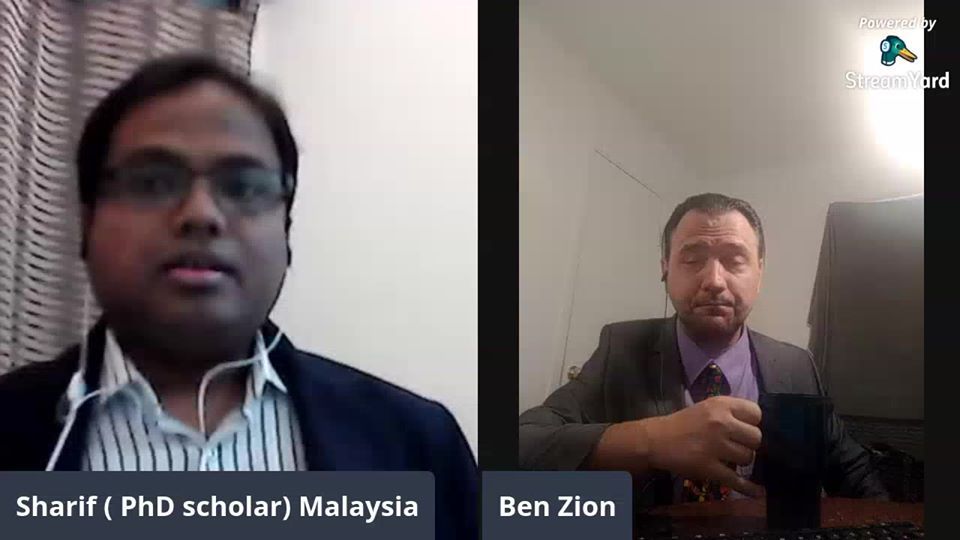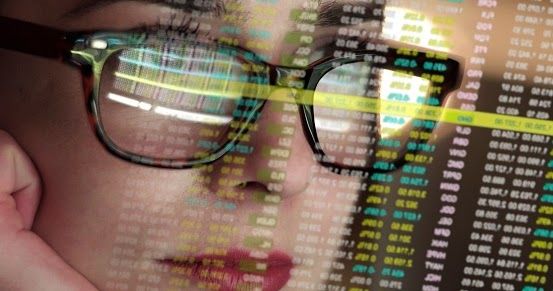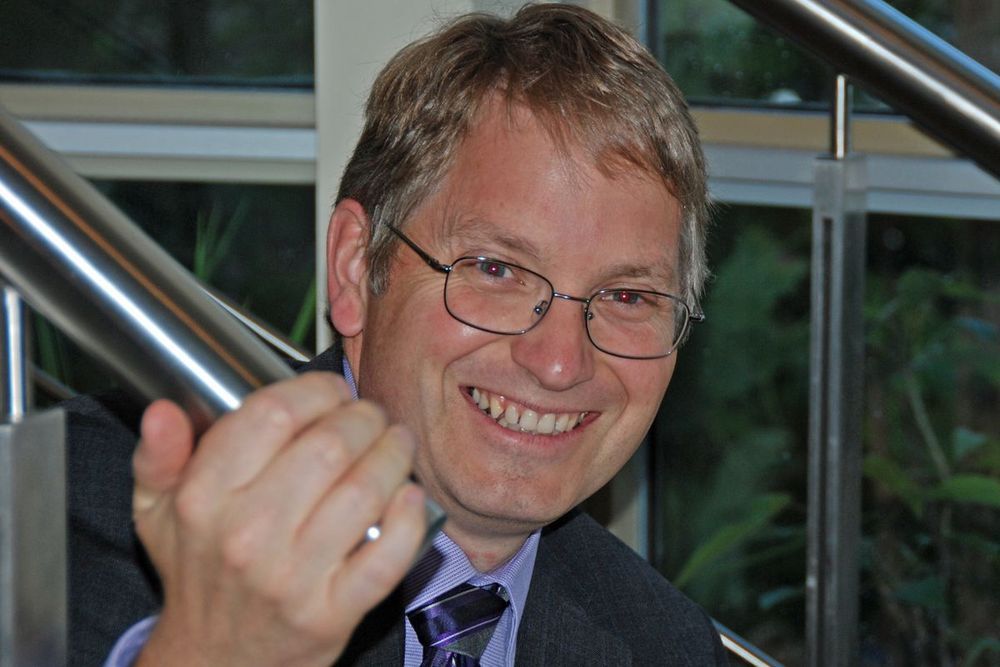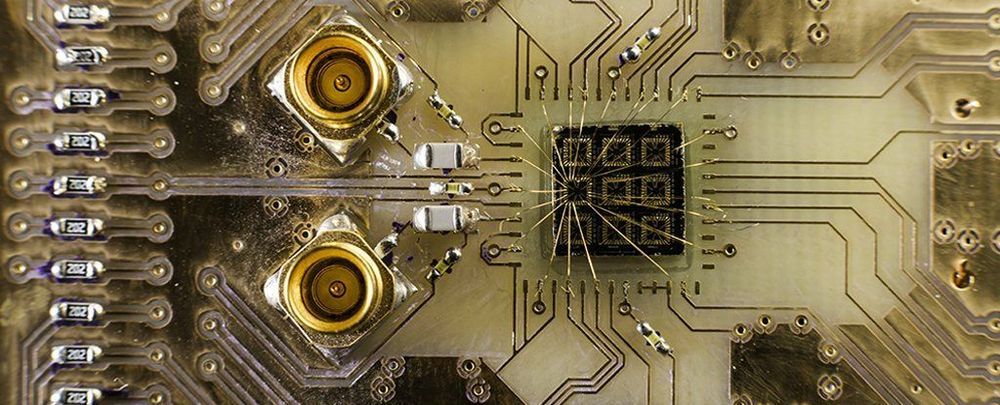Join us for an online webinar on Tuesday, June 30th at 9:30 a.m. ET with MIT faculty member and expert in machine learning, Professor Devavrat Shah.
This webinar is a way to understand the topics covered in the ‘Machine Learning: From Data to Decisions’ online course, ask questions, and get a preview of the content.
This is a 60-minute webinar with Prof. Devavrat Shah to learn more about the upcoming Machine Learning: From Data to Decisions (Online) Program, followed by a Q&A session.
Time.









